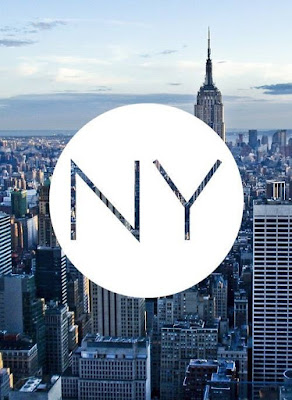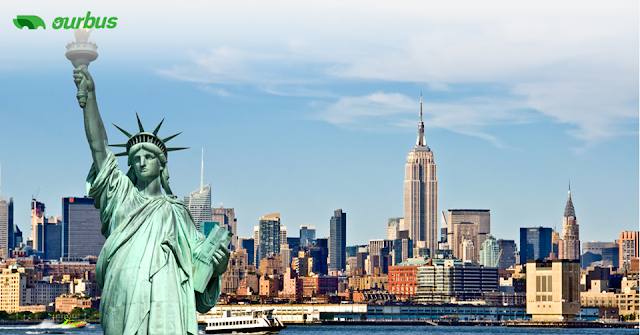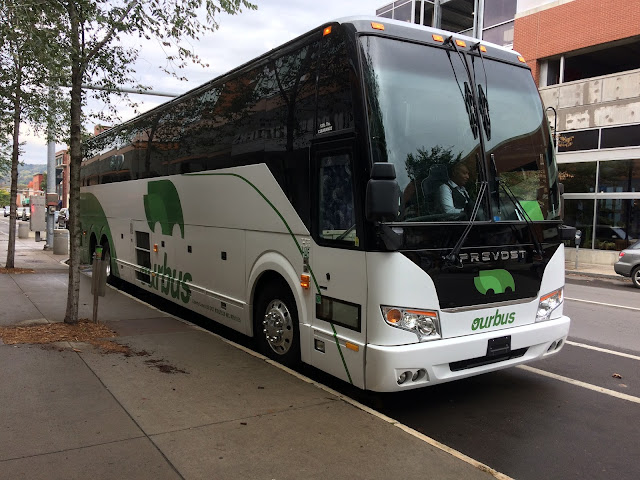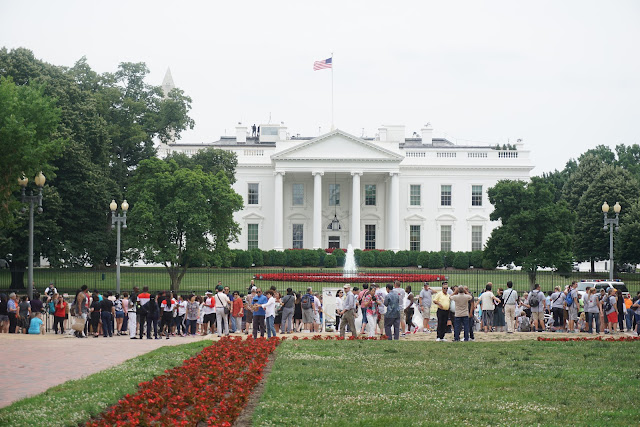From San Francisco to Austin to New York, app-based services are
allowing people to crowdsource bus routes, reserve rides — and take more
charge of their commutes.
The Uber-for-buses variations are trending in major cities across the
U.S., connecting riders to charter buses, linking neighborhoods to city
centers and ferrying masses of people to major events.
“Crowdsourcing is the future of mass transportation,” said Axel
Hellman, a transportation
planner for OurBus, a tech start-up that has
three crowdsourced routes in the New York City area, including one
recently launched from Livingston, N.J., to midtown Manhattan.
“If you are a community with a growing population, a lot of traffic,
and in need some kind of mass transit service … you have to rely on your
transit agency to get the funding for a new route,” Hellman said. “But
we are here to offer people the ability to create their own bus routes.”
The platforms allow commuters to submit route suggestions, preferred
drop-off points, and departures times. If a proposal receives enough
votes — some companies require 50 — then a bus is chartered for the
service.
Trips generally aren’t confirmed until a good share of the seats are sold. For daily commuters, the services generally aim to complement
existing transit options — expanding capacity during morning and evening
rush hours and in some cases providing service to transit deserts or
underserved communities.
They also facilitate transportation to events that draw huge crowds,
such as this year’s Women’s March on Washington, which drew hundreds of
thousands of participants, many of whom crowdsourced bus rides through
the New York-based Rally app.
As transit agencies in cities like Washington and New York face
chronic breakdowns and service lapses, demand for these alternative
travel options from frustrated riders is likely to grow, experts say.
Rising rider dissatisfaction with traditional options is giving tech
companies a good testing opportunity for innovative services, just as
Americans’ discontent with the taxi industry led to the rapid proliferation of Uber and Lyft.
“The danger is that people get to like those options more than public
transit. That would be a disaster,” said Jarrett Walker, a transit
planning consultant based in Portland. But more worrisome, he said, would be to have people flee transit to return to vehicles that would further clog roads.
If the services are adding capacity during rush hours and reducing
the number of single-vehicle trip then experts say, they can be
beneficial to cities trying to reduce congestion and struggling with
their transit systems.
“Anything that efficiently gets people to travel in fewer vehicles
instead of more vehicles is valuable for the functioning of the city,”
Walker said.
The scope of service these companies provide is generally limited to
peak-hour commutes and special events, so they are not large-scale
competition for public transit systems, which usually offer a wide
network of bus and rail connections.
But the services aren’t always successful. Like many app-based
start-ups in the world of ride sharing, launches are frequent and
shutdowns even more so.
In Washington, a similar micro-transit venture struggled to get off
the ground. Bridj, which started in Boston and provided rides based on
customer demand, closed abruptly two years after it launched in
Washington.
“They can come and go and in a lot of markets they are still trying
to figure out what works, and it doesn’t work in every market,” said
Peter Pantuso, president of the American Bus Association, which has
4,000 members including motor coach operators.
Chariot, a crowdsourced commuter shuttle service that started in San
Francisco in 2014, has expanded to Austin, Seattle and New York in
recent months.
Acquired by Ford last year, the service can take as many as 14
passengers from home to work. Unlike other companies that only provide
the technology to connect passengers to existing charter bus companies,
Chariot owns its vehicles. It operates more than 200 vans in the Bay
Area.
This month the company launched two routes in New York, one from the
Lower East Side to midtown Manhattan, and the other in Brooklyn.
As Chariot settles in New York, company officials say they are taking
votes from commuters to build new routes. Chariot’s tool allows people
to pitch a new route and if the proposal gets 49 supporters within a
month, Chariot will consider launching it.
“A better commute for you — and your neighbors — is in your hands,” the company says.
The services say their prices are comparable to those of public
transit, and in some cases include features such as free WiFi and USB
charging ports. Ourbus’s one-way trip from West Orange, N.J., on the new
Livingston route is $7.75, while the New Jersey transit bus option can
cost $8.55. The app Skedaddle facilitates the ride from Morristown,
N.J., to New York’s Penn Station via bus for $13; New Jersey Transit’s
train ride is $14. Chariot offers monthly passes ranging from $69 to
$119, and it allows commuters to use their tax benefits for the service.
Tech companies have found an appealing market in the New York
metropolitan area, which has faced mounting transit problems, including
derailments, breakdowns and chronic delays on its subway.
OurBus’s Livingston to Manhattan route launched just in time for Penn
Station’s shut down of three tracks as part of extensive repair work
that is inconveniencing thousands of rail commuters this summer.
The company recently began testing trips to Washington from upper
Manhattan and Paramus, N.J., providing service in underserved areas of
the New York area where there is demand for bus service to the nation’s
capital. It added a route from Brooklyn to Washington for Labor Day
weekend. The company is exploring commuter routes from the Northern
Virginia suburbs, Hellman said, where it could take advantage of
existing HOT lanes and a robust demand for commuter services. Commuter
buses in the region carry 10,000 to 12,0000 people every day from
Maryland and Virginia, according to the bus association.
Pantuso said the surge in crowdsourcing apps is expanding the bus business in some ways and adding competition in others.
Companies that provide commuter bus services are seeing new
competition, and even reporting losses in ridership. But the
crowdsourcing for special events, is creating or expanding the bus
market and the travel opportunities for customers who might not have
known or been aware there was any kind of service available or who
didn’t have a large enough group to charter a bus.
“The bus company might not have been offering that service so they are getting a new ridership out of it,” Pantuso said.In some markets, including the popular
New York to D.C. route, transportation companies could feel the pinch if more competition is added.
“Are they going to be expanding the market or are they going to take
from what’s already there? I think that is the question,” Pantuso said.
“They will tell you they are going to expand it, but I don’t know if
they know the answer to that.”







